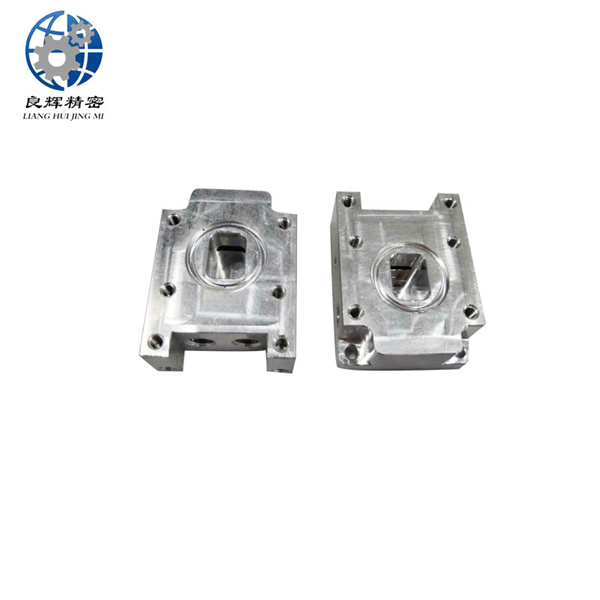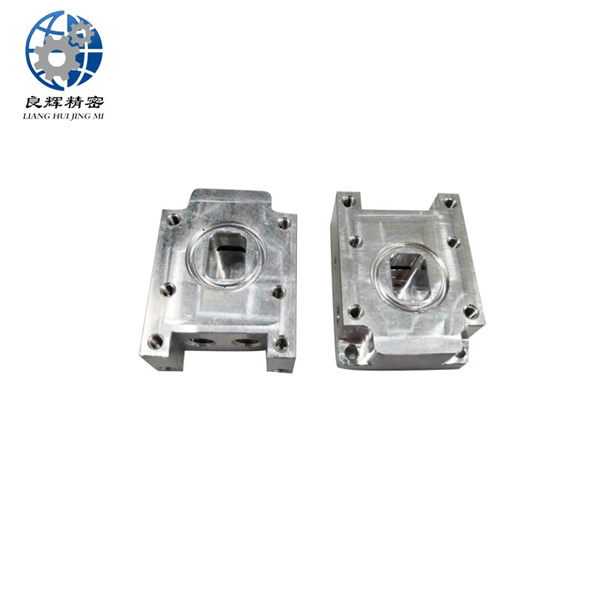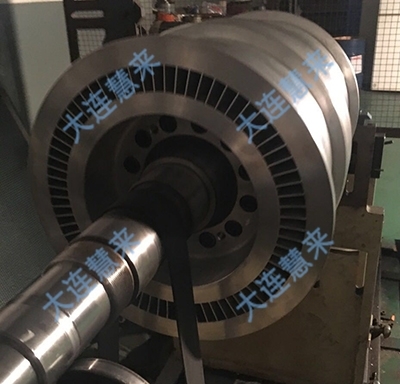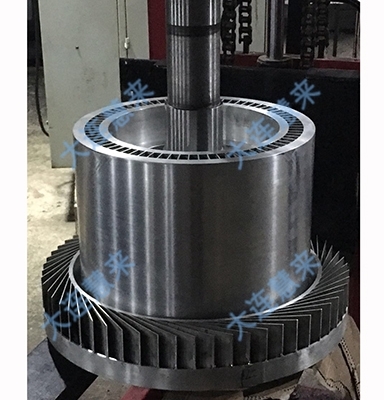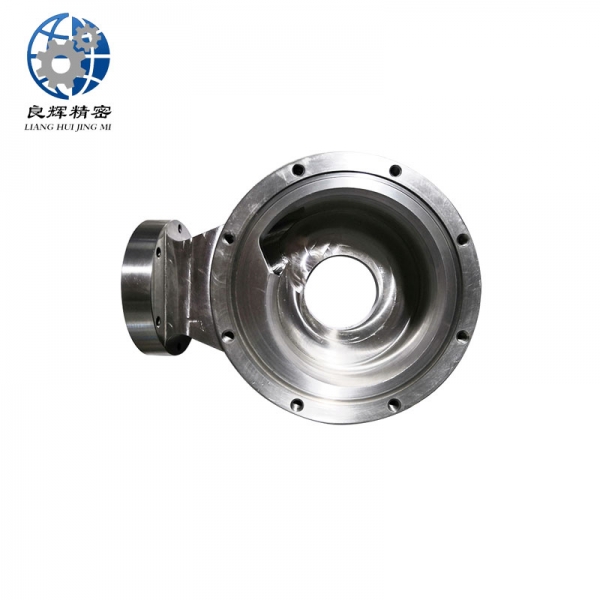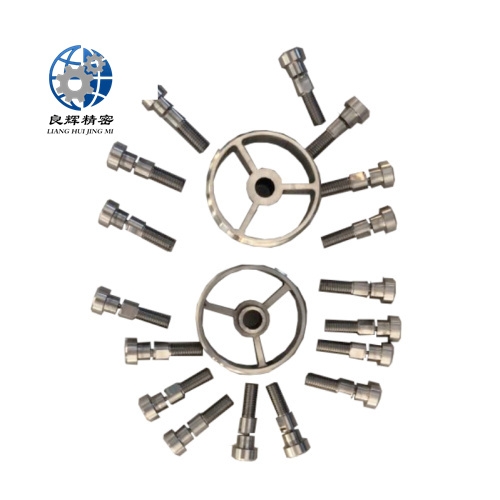大連機(jī)械加工的零件都是由若干表面組成,各表面之間有一定的尺寸和相互位置要求。零件表面間的相對位置要求包括兩方面:表面間的距離尺寸精度和相對位置精度(如同軸度、平行度、垂直度和圓跳動等)要求。研究零件表面間的相對位置關(guān)系離不開基準(zhǔn),不明確基準(zhǔn)就無法確定零件表面的位置。基準(zhǔn)就其一般意義來講,就是零件上用以確定其他點(diǎn)、線、面的位置所依據(jù)的點(diǎn)、線、面。基準(zhǔn)按其作用不同,可分為設(shè)計(jì)基準(zhǔn)和工藝基準(zhǔn)兩大類。
1、設(shè)計(jì)基準(zhǔn)
在零件圖上用以確定其他點(diǎn)、線、面的基準(zhǔn),稱為設(shè)計(jì)基準(zhǔn),就活塞來說,設(shè)計(jì)基準(zhǔn)指活塞中心線和銷孔中心線。
2、工藝基準(zhǔn)
零件在加工和裝配過程中所使用的基準(zhǔn),稱為工藝基準(zhǔn)。工藝基準(zhǔn)按用途不同,又分為定位基準(zhǔn)、測量基準(zhǔn)和裝配基準(zhǔn)。
The parts processed by Dalian Machinery are composed of several surfaces, with certain dimensions and mutual positioning requirements between each surface. The requirements for the relative position between the surfaces of parts include two aspects: the accuracy of distance dimensions between surfaces and the accuracy of relative position (such as coaxiality, parallelism, perpendicularity, and circular runout). The study of the relative positional relationship between the surfaces of parts cannot be separated from a reference, and without a clear reference, the position of the part surface cannot be determined. In its general sense, a benchmark refers to the points, lines, and surfaces used on a component to determine the position of other points, lines, and surfaces. Benchmarks can be divided into two categories based on their different functions: design benchmarks and process benchmarks.
1. Design Basis
The reference used on the part drawing to determine other points, lines, and surfaces is called the design reference. For pistons, the design reference refers to the centerline of the piston and the centerline of the pin hole.
2. Process benchmark
The reference used in the processing and assembly of parts is called the process reference. Process standards are divided into positioning standards, measurement standards, and assembly standards according to different purposes.
